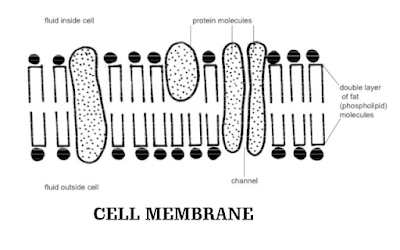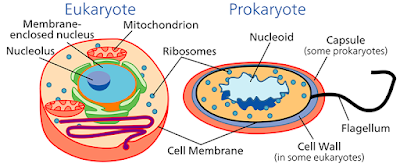Amazing Human Body - Quick Facts
2. The number of eye blinks varies greatly from about 29 blinks each minute if you are talking to someone to only 4 blinks each minute if you are reading.
3. The average human blinks 25 times per minute.
4. A nail takes around 6 months to grow from base to the tip.
5. Each second 10,000,000 cells die and are replaced in your body.









